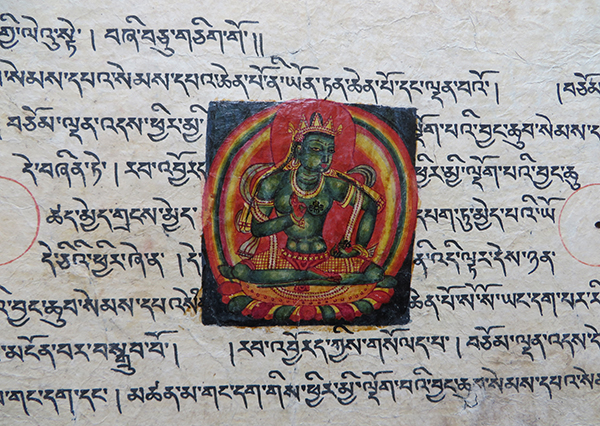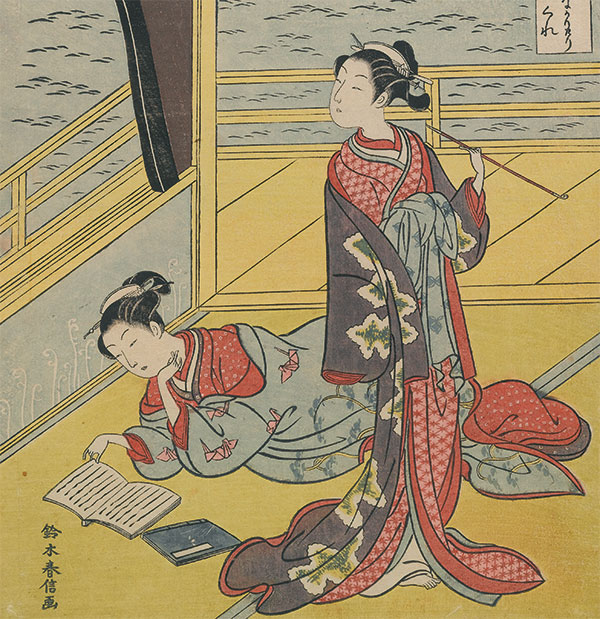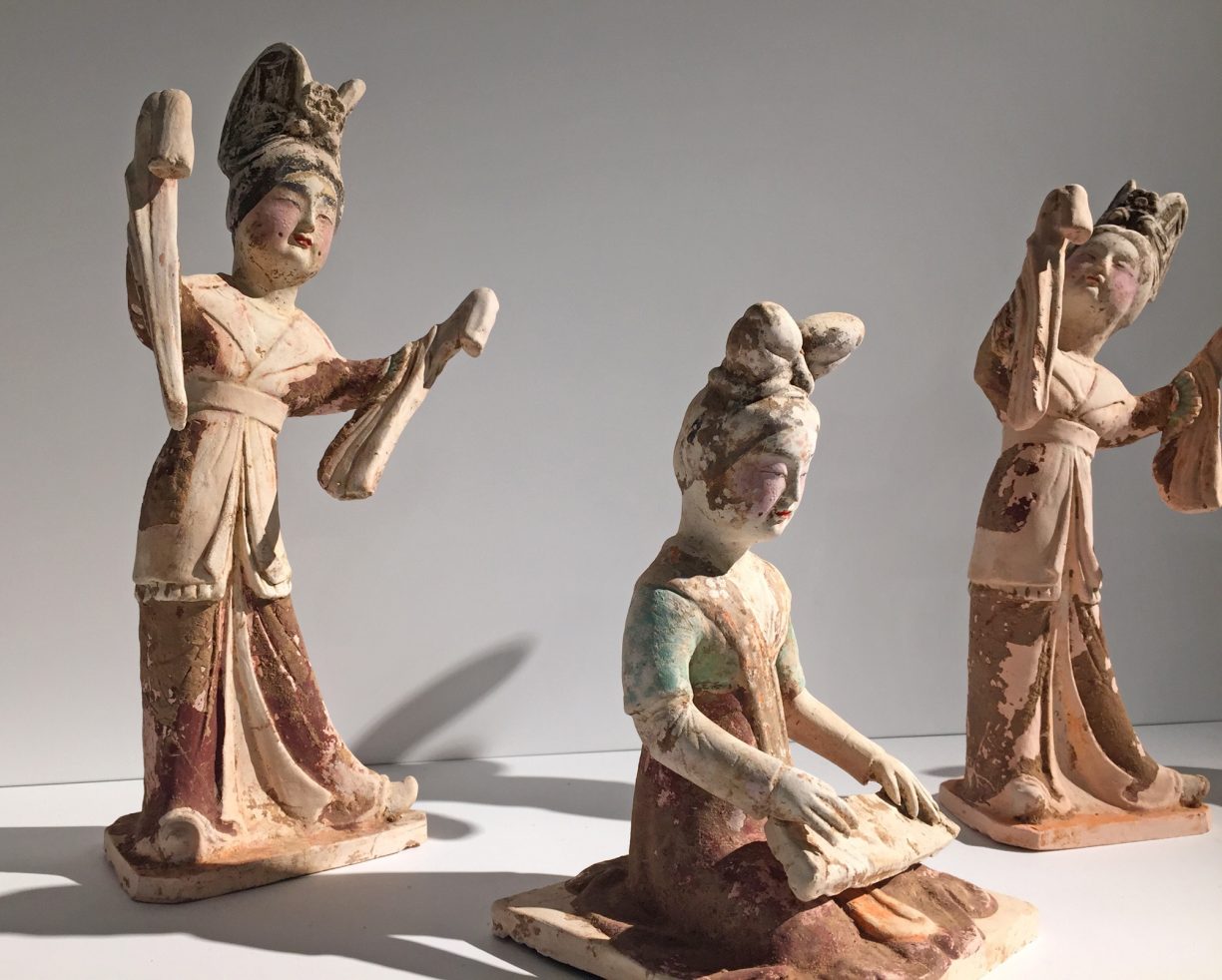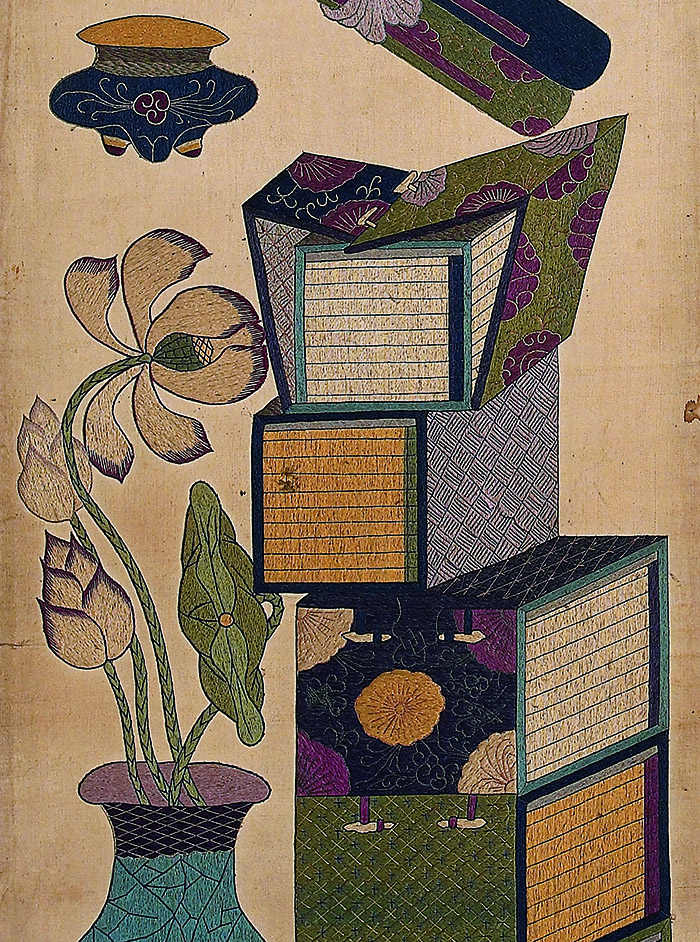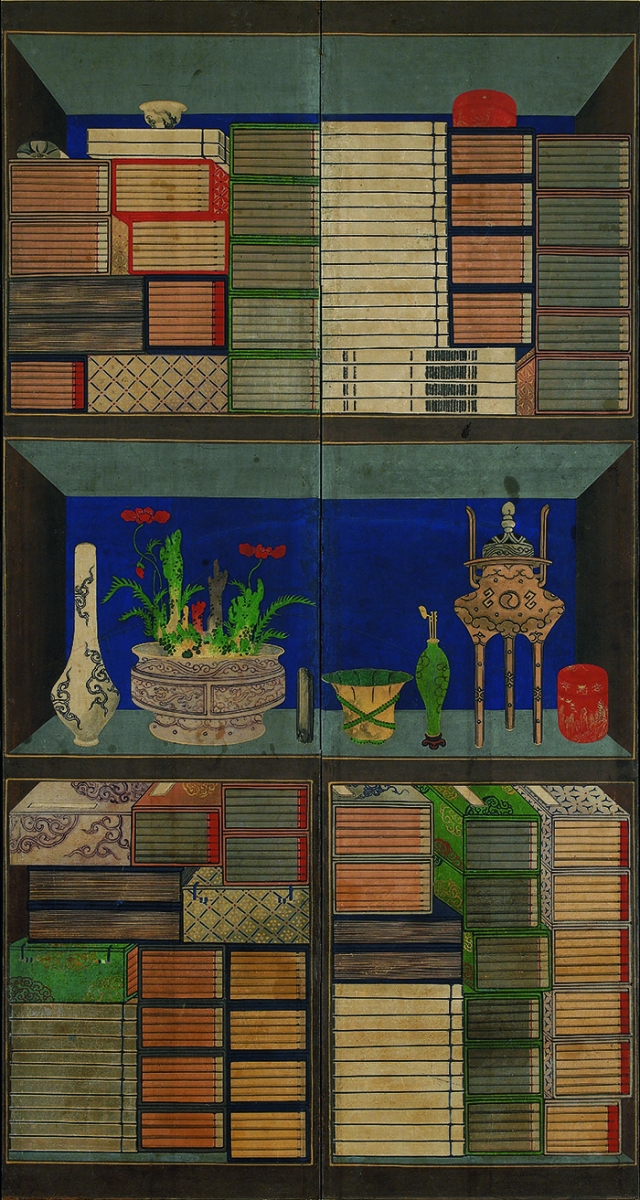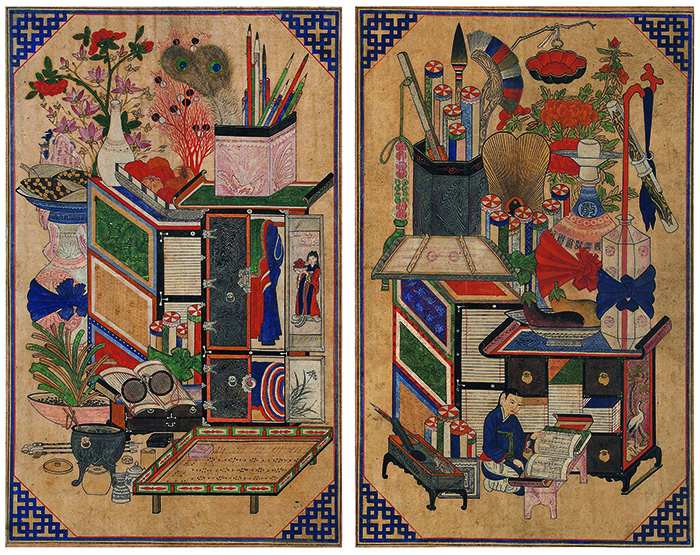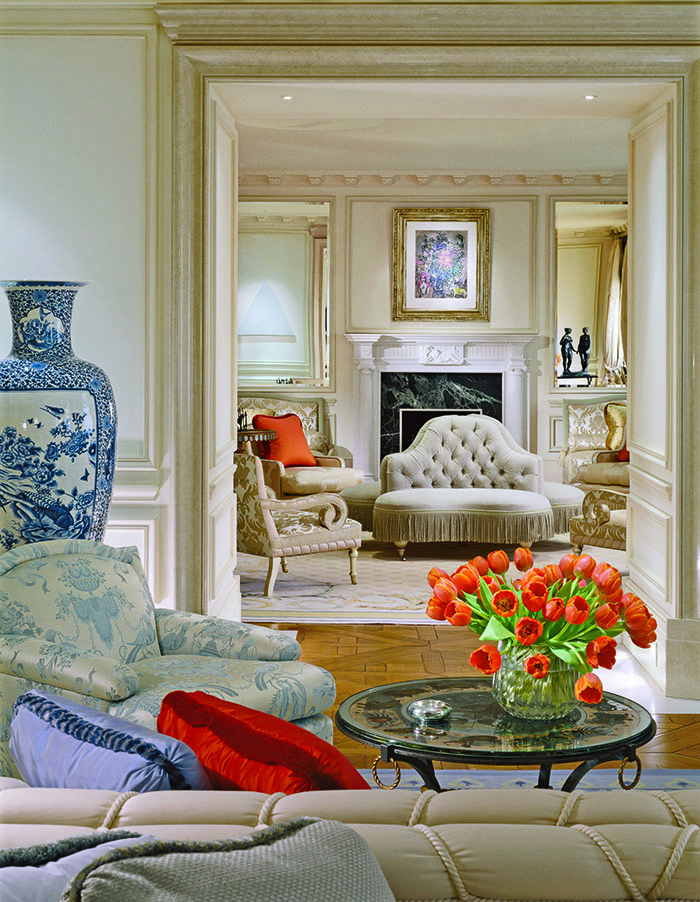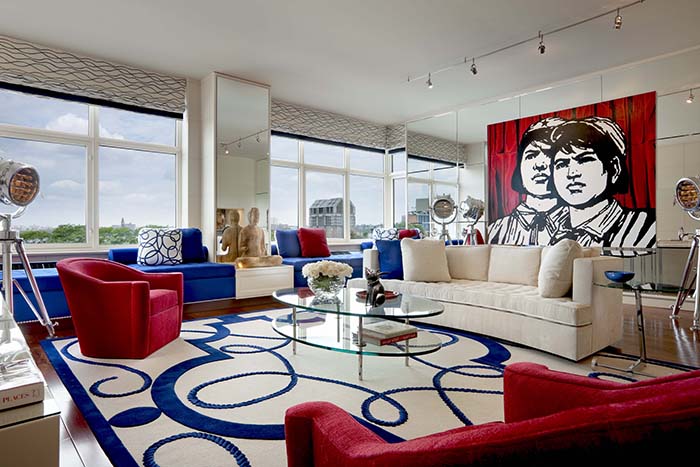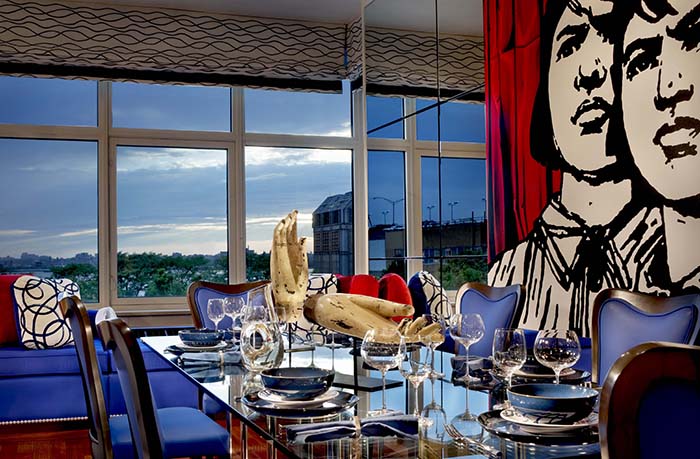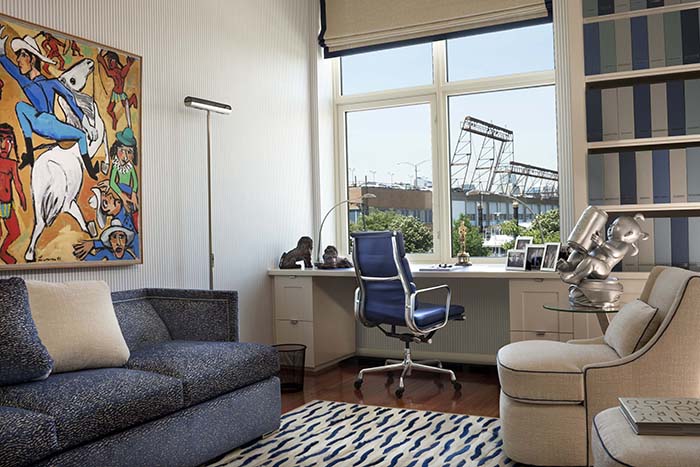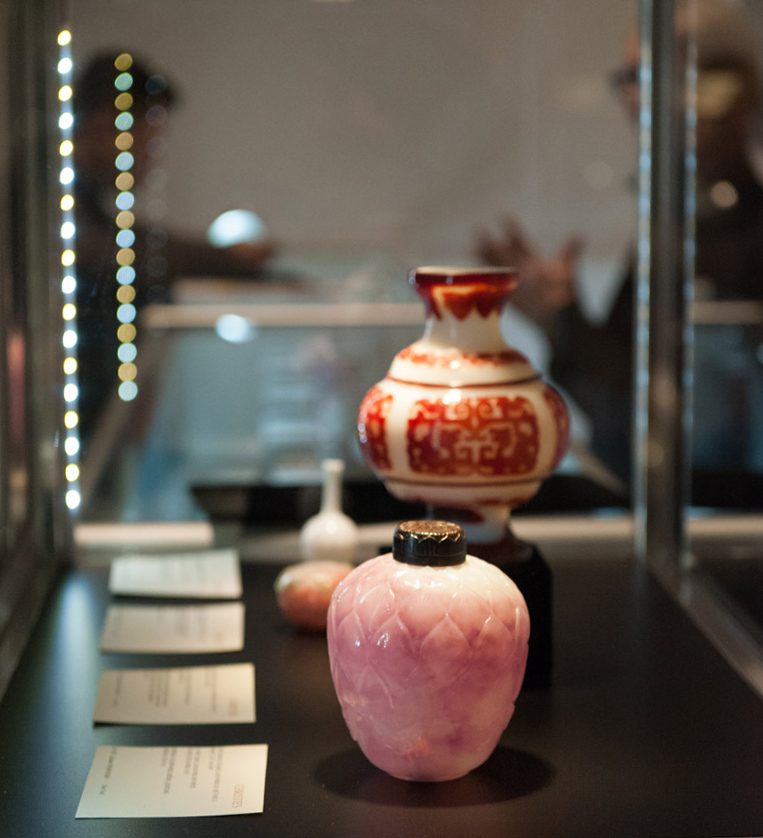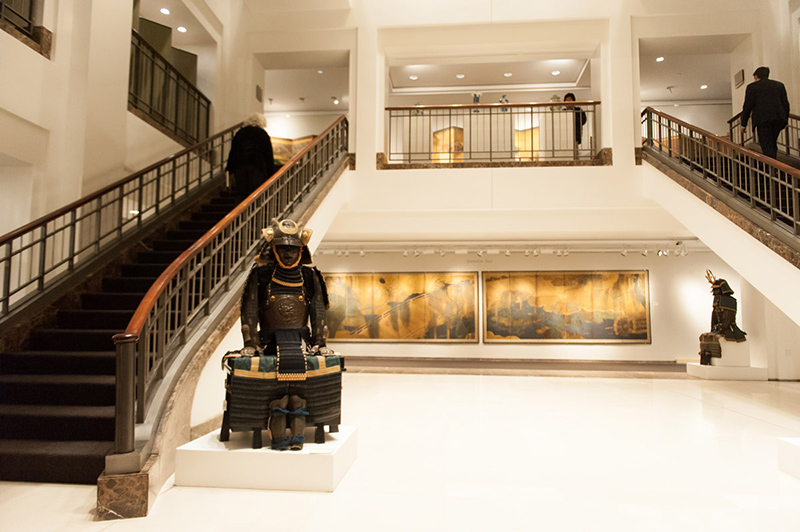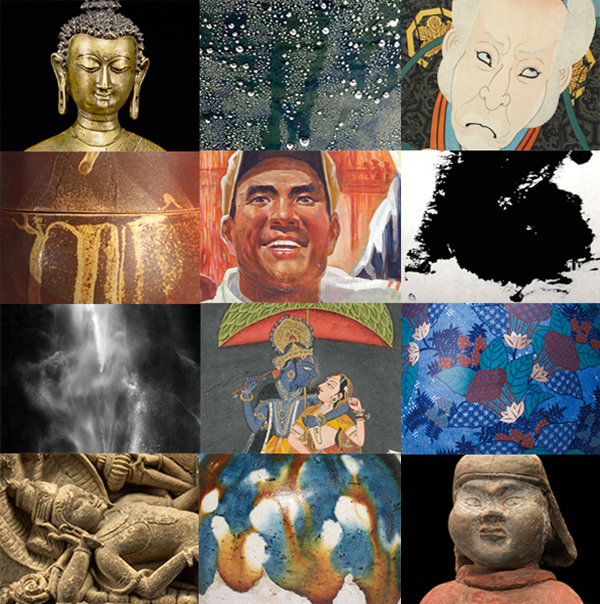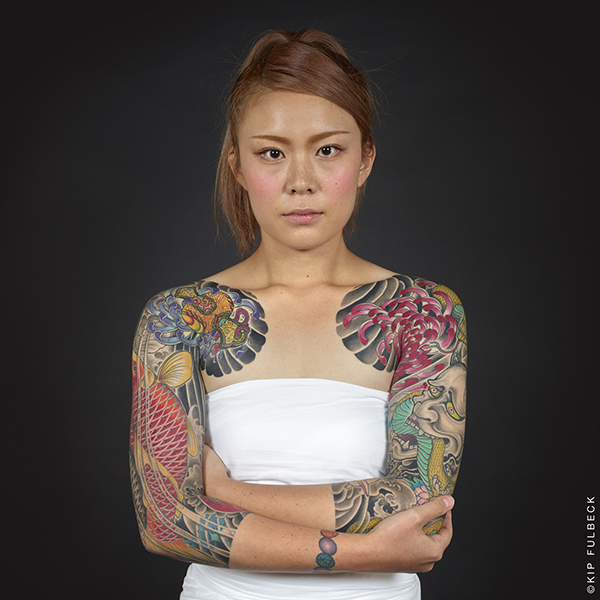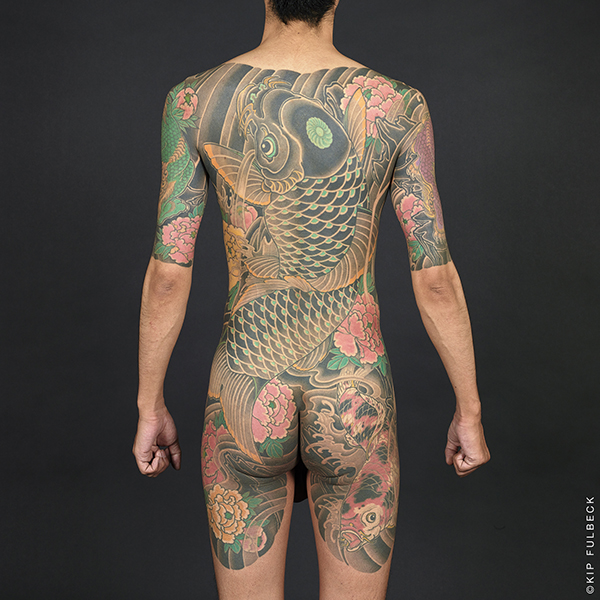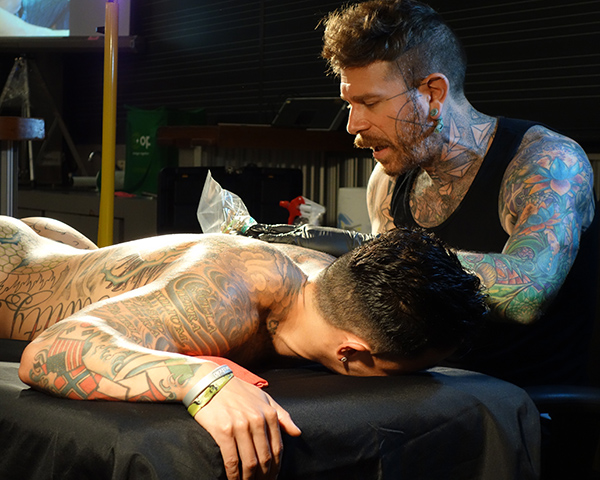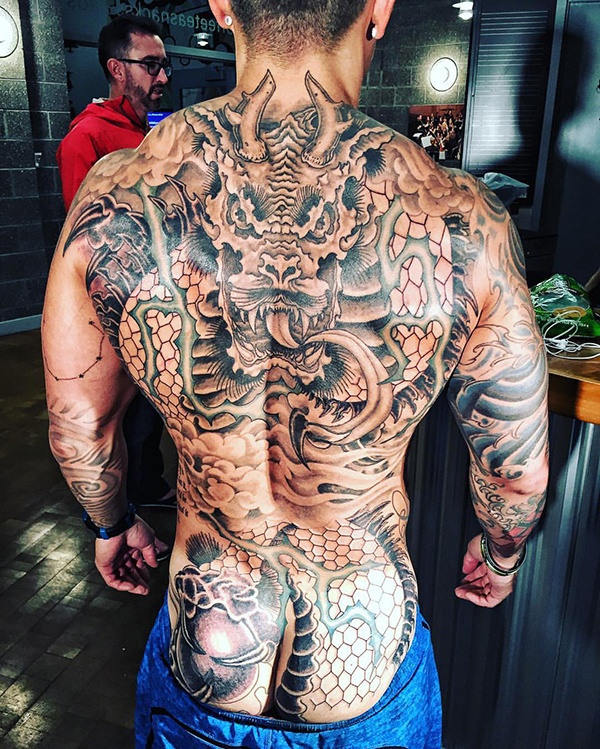From September 9–17, it's Fall Asia Week in New York. Many of our participating dealers are open to the public, showcasing traditional and contemporary examples of the best of Asian painting, sculpture, ceramics, and photography. Think of it as a teaser for the March 2017 edition of Asia Week New York! Here's our guide to the exhibitions on view (please consult individual gallery websites for visiting hours—most are open, at minimum, from 11am to 5pm).
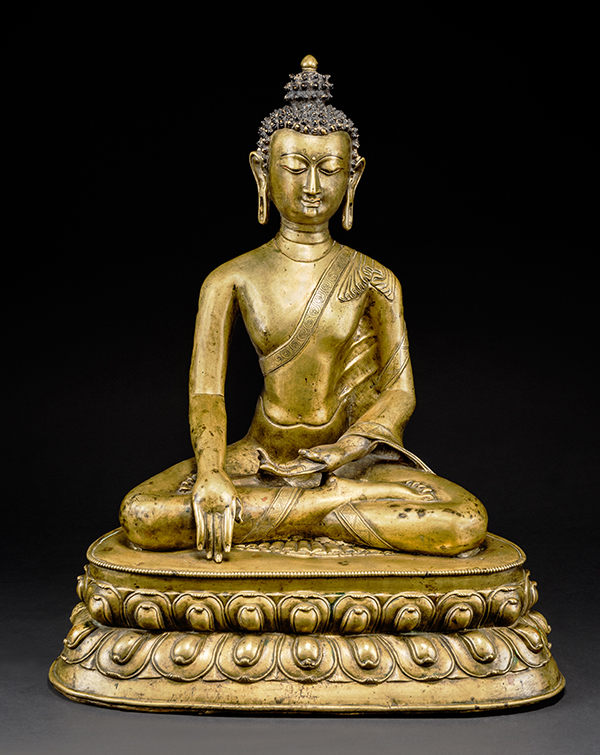
Walter Arader is presenting an exhibition of recent acquisitions, including a large scale 13th century Tibetan copper alloy figure of Buddha Shakyamuni seated at 48.7 cm (19.25 in), a 4th century Gupta stone bust of the goddess Varahi, a large scale 18th century Thangka of an accumulation field, and other fine works. On view September 9–17 at 1016 Madison Avenue.
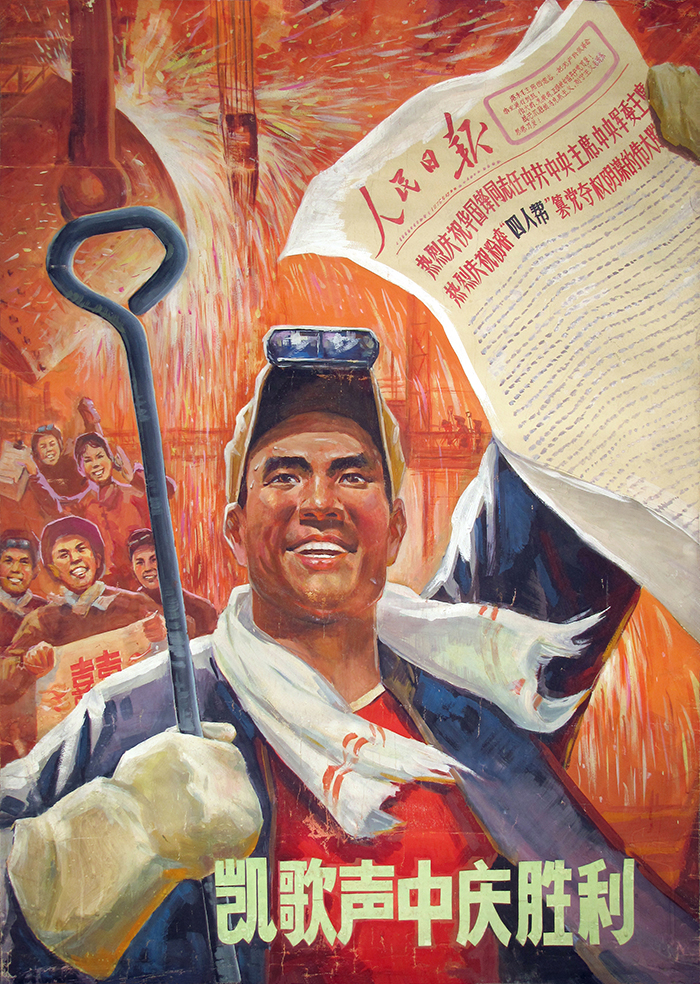
Qian Han (b.1953), Jinan Auto Mechanic, 1976.
China 2000 Fine Art marks the 40th anniversary of the end of the Cultural Revolution with an exhibition entitled “Rejoice Over Victory.” “These paintings are more than propaganda, more than a voyeur’s look into a devastating decade for China; they are the prototypes upon which the following generations would base their perceptions of the world,” writes the gallery in an announcement. On view September 6–28 at 177 East 87th Street, #601.
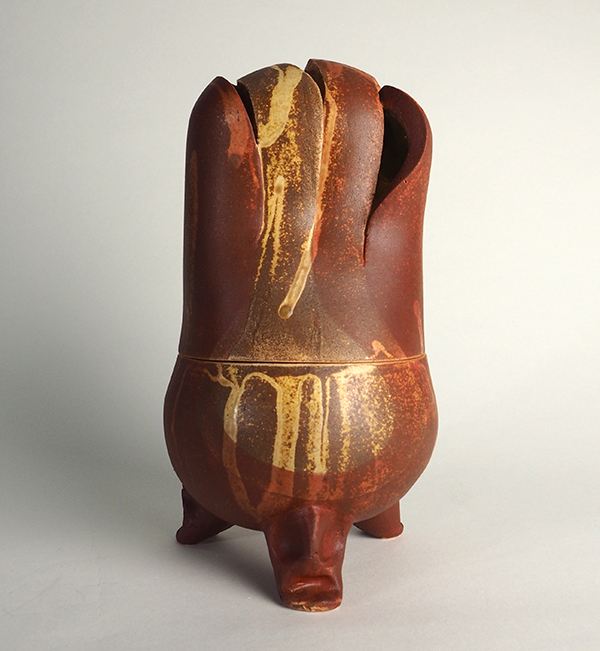
KIYOMIZU Rokubei VII 七世清水六兵衛 (1922-2006). Incense Burner “Seki-toh-yoh 9” 席陶容-九, 1989. Stoneware. 8.6 x 4.8 x 4.6 in (22 x 12.2 x 11.8 cm).
Dai Ichi Arts, Ltd. celebrates the art of incense burners with an exhibition entitled “Scented Splendors.” “Incense is believed to expel evils, to refresh the environment, purify the spirit, and to provide a calming and pleasant atmosphere,” explains the gallery in an announcement. On view September 15-30 at 18 East 64th Street, Suite 1F.
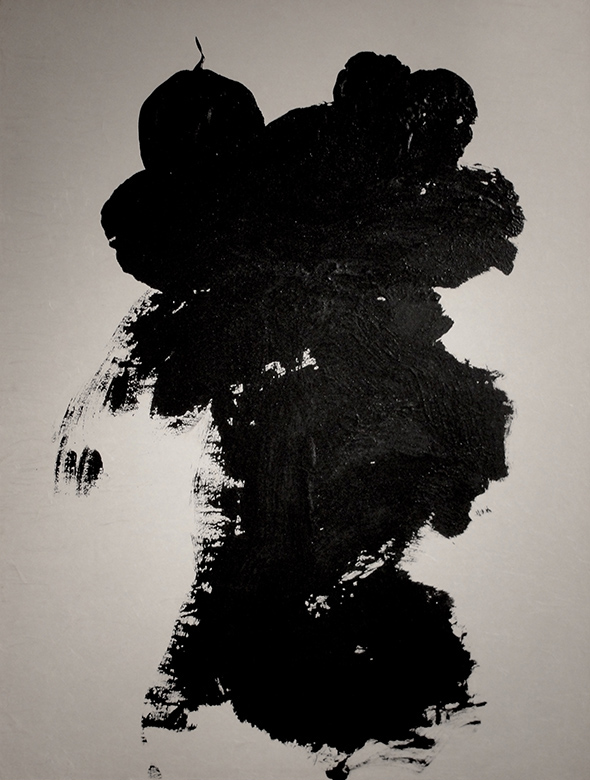
Morita Shiryu. SO, 1963. Lacquer on rice paper. 58 x 46 in.
A diverse array of works make up Carole Davenport's “Recent Acquisitions,” including pieces by Morita Shiryu and Hiroyuki Asano. On view September 10–20 at 131 East 83rd Street.
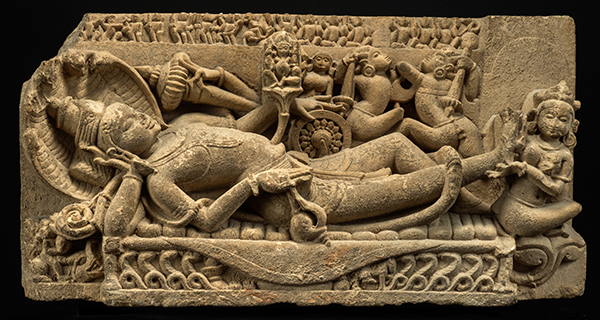
Vishnu in His Cosmic Sleep. Beige Sandstone, Central India (Madhya Pradesh), circa 11th century. 11 1/2 x 22 inches.
Nayef Homsi Ancient Art of Asia is staging an exhibition of Indian stones revolving around the Hindu deity Vishnu, dating from the 9th-12th century. A very early Gandharan sculpture of a seated Buddha, considered the last avatar of the god Vishnu, will also be on view. The exhibition runs September 9–16 at 7 East 75th Street, Unit 1A.

A Large Painted Figure of a Groom. Northern Dynasties, Mid-6th century A.D. Height: 53.3 cm (21 in).
The advent of fall is being observed at Kaikodo with an exhibition entitled “Worlds in Flux,” which brings together Chinese and Japanese paintings of autumn, along with a selection of works of art produced during China’s Six Dynasties period—a deeply fragmented era that was also marked by intense creative energy in the realms of art and literature. On view September 9–17 at 74 East 79th Street.

Radha and Krishna under parasol Bundi school, India. Gouache heightened with gold on paper, circa 18th century. Folio: 6 7⁄8x 9 1⁄2 in. (17.5 x 24.1 cm).
This September, Kapoor Galleries, Inc. is exhibiting a selection of quality works from India and the Himalayas. The gallery is open 11am to 5pm, Monday through Friday. Appointments are suggested.
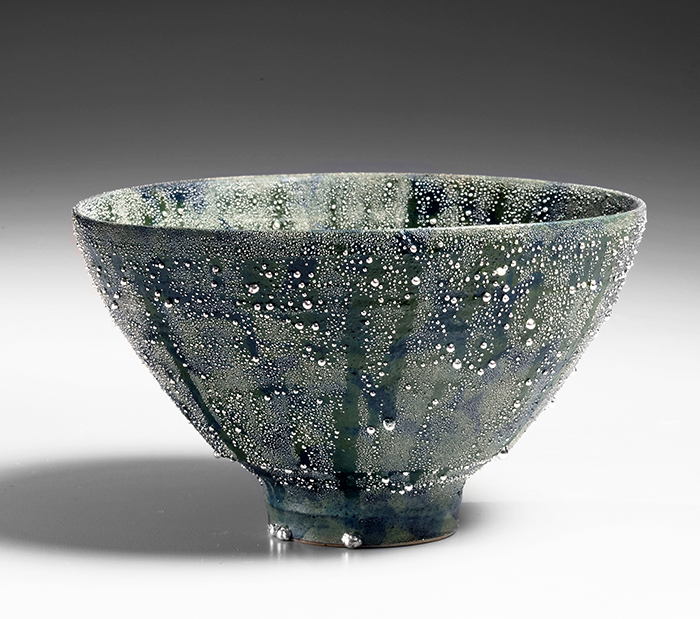
Kondo Takahiro (b. 1958). Silver Mist Bowl, 2015. Blue/green glazed porcelain, silver mist overglaze. 3 5/8 x 6 1/8 x 6 1/4 inches.
Joan B. Mirviss Ltd is presenting “Waves of Ink: Painting in Porcelain,” a solo exhibition of new works by Kondo Takahiro (b. 1958). Celebrated for his “silver mist” (gintekisai) overglaze, Kondo has created a new body of large and small works based on his continuing preoccupation with the 3/11 tsunami and its short and long term effects on the people and landscape of Japan. On view September 13–October 28 at 39 East 78th Street.
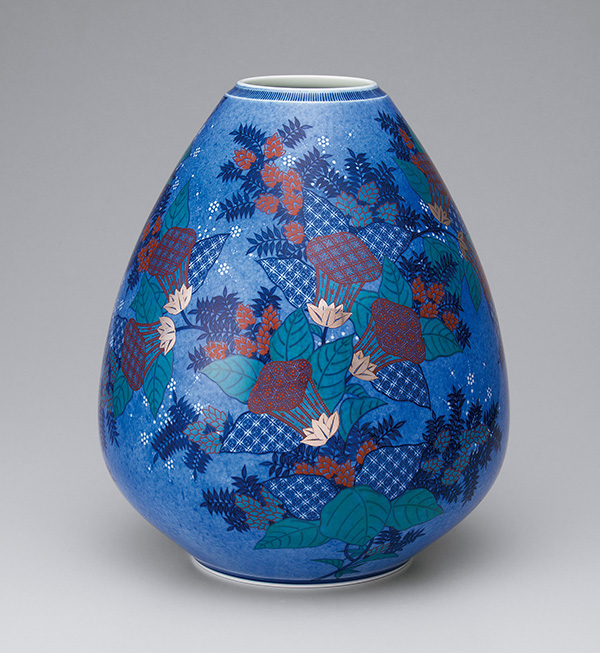
IMAIZUMI Imaemon XIV (b. 1962). Vase with Zuika (Mullein) Flower Patterns, 2013. Porcelain with iro-e polychrome enamel painting with light sumi and sumi-hajiki. 14 1/2 x 12 1/4 in (36.6 x 31.2 cm).
In honor of its 10-year anniversary, Onishi Gallery presents a landmark exhibition entitled “Kōgei: Contemporary Japanese Art.” With works by 30 contemporary artists, this exhibition introduces Kōgei into the international art market—a category of objects that can be translated from Japanese as “art crafts,” and draw upon regional aesthetics and materials. On view September 8–October 8 at 521 West 26th Street.
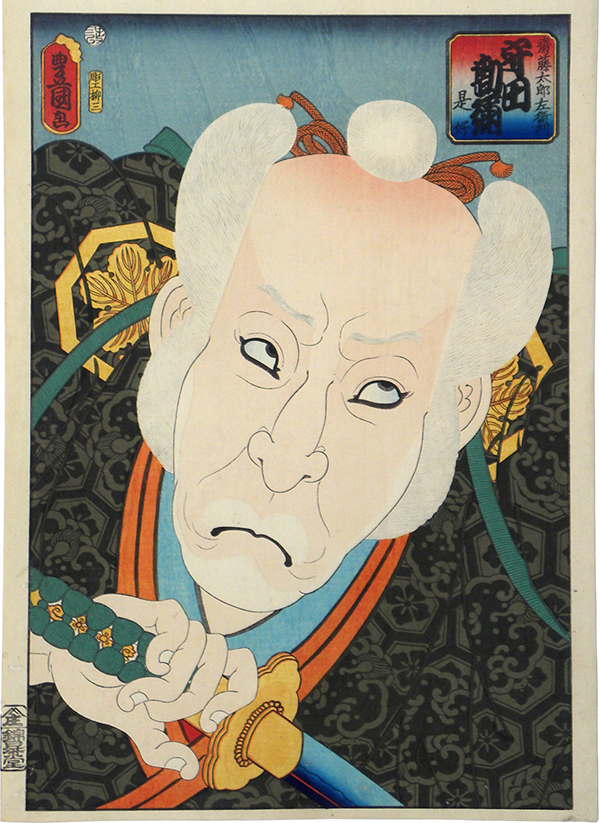
Utagawa Kunisada (Toyokuni III, 1786-1865). Morita Kanya XI in the role of Saito Tarozaemon Toshiyuki. 1860, woodblock print. 14 3/8 by 10 in (36.5 by 25.3 cm).
Scholten Japanese Art presents “Strike a Pose: Spectacular Imagery of the Kabuki Theater,” an exhibition that brings together an array of imagery related to one of Japan’s most distinctive, and yet possibly least understood, cultural exports: the kabuki theater. The exhibition focuses on ukiyo-e woodblock prints portraying popular actors in lavish costumes on stage as well as relaxing off stage. On view September 8–16, and then again November 1–5 for Print Week, at 145 West 58th Street, Suite 6D.
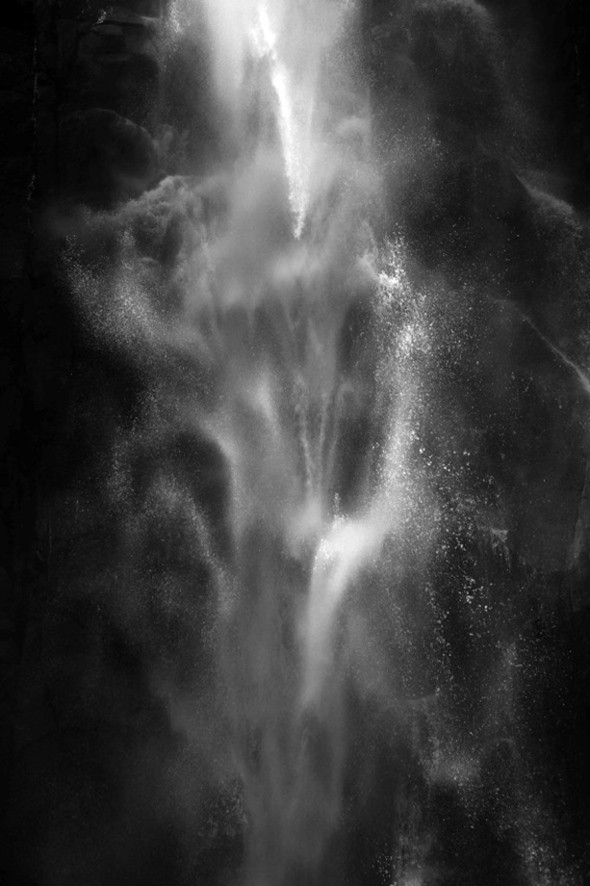
Tomohiro Muda. Mizu 06, 2011. Inkjet Pigment Print, Edition of 25. 47¼ × 31½ in (120 x 80 cm).
Erik Thomsen Asian Art is holding an exhibition of works by Tomohiro Muda (b. 1956). Previously best known for images inspired by sites of religious devotion and pilgrimage, for this New York debut show, Muda has turned his focus to the natural world with a selection of photographs of earth’s most abundant natural resource: water. On view September 12–October 7 at 23 East 67th Street.

Small Sancai Amphora. Tang Dynasty, 618-907 A.D., China. Height: 10.75 cm.
Eric Zetterquist will be showcasing an assortment of Chinese ceramics from the Tang, Song and Yuan Dynasties, along with additional pieces from the Feng Wen Tang Collection and pieces sourced from Japanese and American collections. Open to the public September 9–17 at 3 East 66th Street, #1B.


